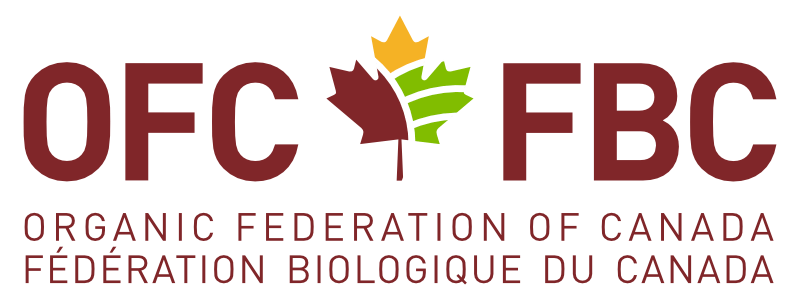General information #
Brand name approval #
What is the pathway for approving cleaners, or substances used? (3)
Operators should approach their Certification Body to verify that all inputs and substances including cleaners, comply with the standard before using them.
Formulants #
For soil amendments and crop production aids, is it enough that the active ingredients are compliant, or does the certifier need to review the list of inert ingredients and formulating agents? (168)
All substances contained in soil amendments and crop production aids must be disclosed by the supplier for review by the CB. Table 4.2 , under the headings “Formulants used in soil amendments” and “Formulants used in crop production aids” provides some guidance in evaluating non-active ingredients (inerts) in crop production aids.
Table Cross-Referencing #
Does the inclusion of Calcium Phosphate (monobasic, dibasic and tribasic forms) on table 6.3 for use in processing imply that these substances can also be used as soil amendment or Crop Production Aids? (140, 155)
No. An annotation in one table cannot be applied to a listing in another table. The inclusion of substances on Table 6.3 for preparation does not make them compliant for other uses (Scope 1.1 of 32.311). However, Table 4.2, column 1, does list mined minerals, making the natural form of calcium phosphate (apatite) acceptable as a soil amendment.
Does the process described in Table 4.2, column 1, of the PSL (annotation for amino acids) apply to other microbial products, for example yeast, for use as a soil amendment? (57.2)
No. An annotation for one listing cannot be applied to another listing.
About ‘Origin and usage’ #
If there is nothing showing in the “origin and usage” column of the PSL, does this mean that any form of the substance may be used? In previous versions of the PSL there were restrictions on ascorbic acid regarding its non-synthetic or synthetic nature and this is what gave rise to our question. (423)
Yes. If nothing is written in the “Origin and usage” column, then there are no restrictions as to the origin and/or usage for that substance in accordance with the scope of the PSL table in which it is listed. In the case of ascorbic acid, the annotation was removed after new information indicated that all commercially available ascorbic acid is synthetic, which made the annotation allowing both forms redundant.
Annotations to permitted substances #
Clauses 4.1.3 a) & 5.1.2. a) of PSL state that if a listed substance includes substrates or growth media, the substrates or growth media ingredients shall be listed in Table 4.2 and Livestock Tables 5.2 & 5.3. In this situation do the origin and usage annotations for these substrates or growth media ingredients listed in 4.2, 5.2 and 5.3 apply? (389)
Yes. Substance annotations must always be addressed. One exception is pesticide formulants listed on PMRA Lists 4A, 4B and 3. The MAR 2018 amended standard clarifies that pesticide formulants on these three PMRA lists are not subject to 1.4 of CAN/CGSB-32.310. This means 4.1.3 a) is not applicable to pesticides made from microbial products containing some substrate or growth medium as long those compounds used as a substrate or growth medium are listed either on PMRA List 4A, 4B,or 3. However, there is no exemption from the requirements of 4.1.3 a) for microbial products used as fertilizers. In the case of an amino acid preparation fed to livestock produced on a molasses substrate and which contains molasses, the molasses must be organic (see ‘Molasses’ Table 5.2).
GMOs – Substrates and growth media #
Can inputs, which have been produced using substrates from GE plants, be used in organic food production? (88)
Yes and no. Inputs from GE plants are prohibited with the following allowances for input substrates (growth media).
If the substance (input) includes the substrate or growth medium, the ingredients contained in the substrate must be listed on Table 4.2, column 1 or 2, for crop inputs; 5.2 or 5.3 for livestock inputs and 6.3, 6.4 or 6.5 for prepared products. All substance annotations apply. If the substance does not include the substrate or growth medium, and that is confirmed in writing from the supplier, the substance has to have been produced on a non-GE substrate or growth medium, if commercially available. Refer to 4.1.3, 5.1.2 and 6.2.1 of CAN/CGSB-32.311.

